Have you ever wondered why the Pacific Ocean seems to be constantly shaking and erupting, as if the very earth beneath it is alive and restless? From Japan’s trembling coasts to Chile’s fiery mountains, the “Ring of Fire” is a jaw-dropping spectacle of nature’s raw power—a 25,000-mile horseshoe of volcanoes and earthquakes circling the world’s largest ocean. This isn’t just a random pattern. It’s a story millions of years in the making, shaped by forces so immense, they can level cities or give birth to entire islands overnight. The fascination is real: why is this part of our planet so spectacularly chaotic, and what does it mean for the people living in its shadow?
A Fiery Necklace Around the Pacific

The Ring of Fire isn’t a literal ring you can see, but a band of more than 450 volcanoes that wraps around the Pacific Ocean like a blazing necklace. This zone is home to about 75% of all active volcanoes on Earth, making it the most volcanically active region on the planet. Countries like Indonesia, the Philippines, Japan, and the west coasts of North and South America all form links in this chain. The sheer number of volcanoes and frequent earthquakes have made the Ring of Fire a name that stirs both fear and awe. Imagine living where the ground can rumble without warning and mountains can spew lava into the sky—a daily reality for millions.
The Secrets Beneath: Plate Tectonics in Action

The Ring of Fire owes its existence to the powerful forces of plate tectonics. The Earth’s crust is broken into giant slabs called tectonic plates, and the Pacific Plate—the largest of them all—is squeezed by its neighbors on all sides. These plates are always in motion, although so slowly that we only notice when they collide, slide past, or dip beneath each other. Where the Pacific Plate meets other plates, the crust is either pushed down into the mantle or scraped together, creating the perfect conditions for volcanic eruptions and earthquakes. This relentless movement is the engine that drives all the chaos around the Pacific.
Subduction Zones: Where the Real Drama Begins
Subduction zones are where one tectonic plate dives beneath another, a process that happens all around the Ring of Fire. When the heavier oceanic plate plunges below a lighter continental plate, it melts and forms magma. This magma then bubbles up through cracks in the crust, sometimes erupting violently at the surface. Famous volcanoes like Mount St. Helens in the United States and Mount Fuji in Japan owe their existence to these dramatic underground battles. Subduction zones are not only responsible for volcanoes but also for some of the world’s most devastating earthquakes, as immense pressure builds up and is released in sudden, powerful jolts.
Earthquakes: The Unpredictable Sidekick
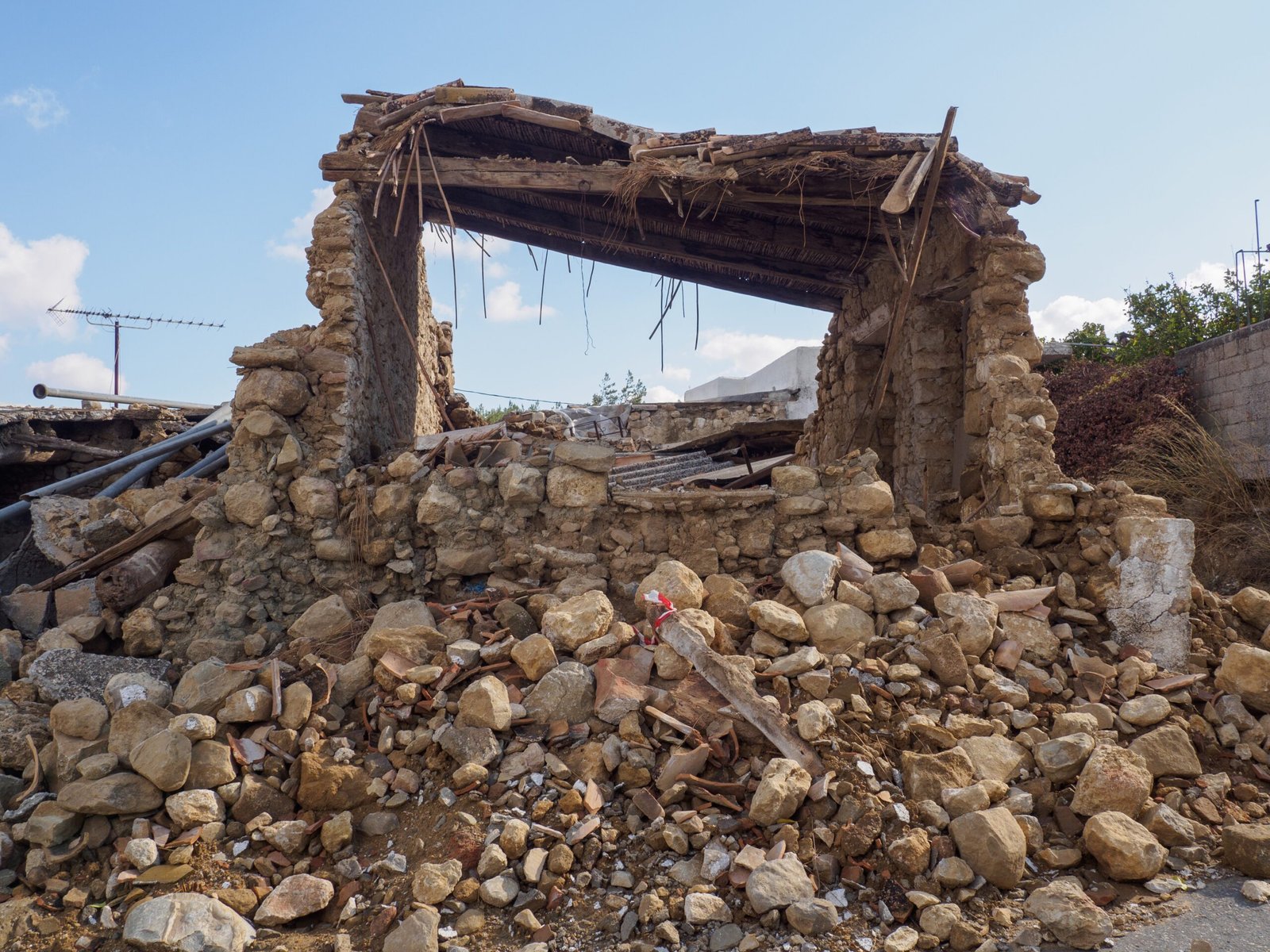
Earthquakes are an inseparable part of life in the Ring of Fire. As the tectonic plates grind, collide, or slip past each other, tension accumulates until it is released in a shockwave. These earthquakes can range from tiny tremors to massive quakes that topple buildings and trigger tsunamis. The 2011 Tōhoku earthquake in Japan, which unleashed a devastating tsunami, is a haunting reminder of the Ring of Fire’s destructive potential. For many living in this region, the ground beneath their feet is an unpredictable companion—sometimes calm, sometimes catastrophically violent.
Iconic Volcanoes and Their Impact
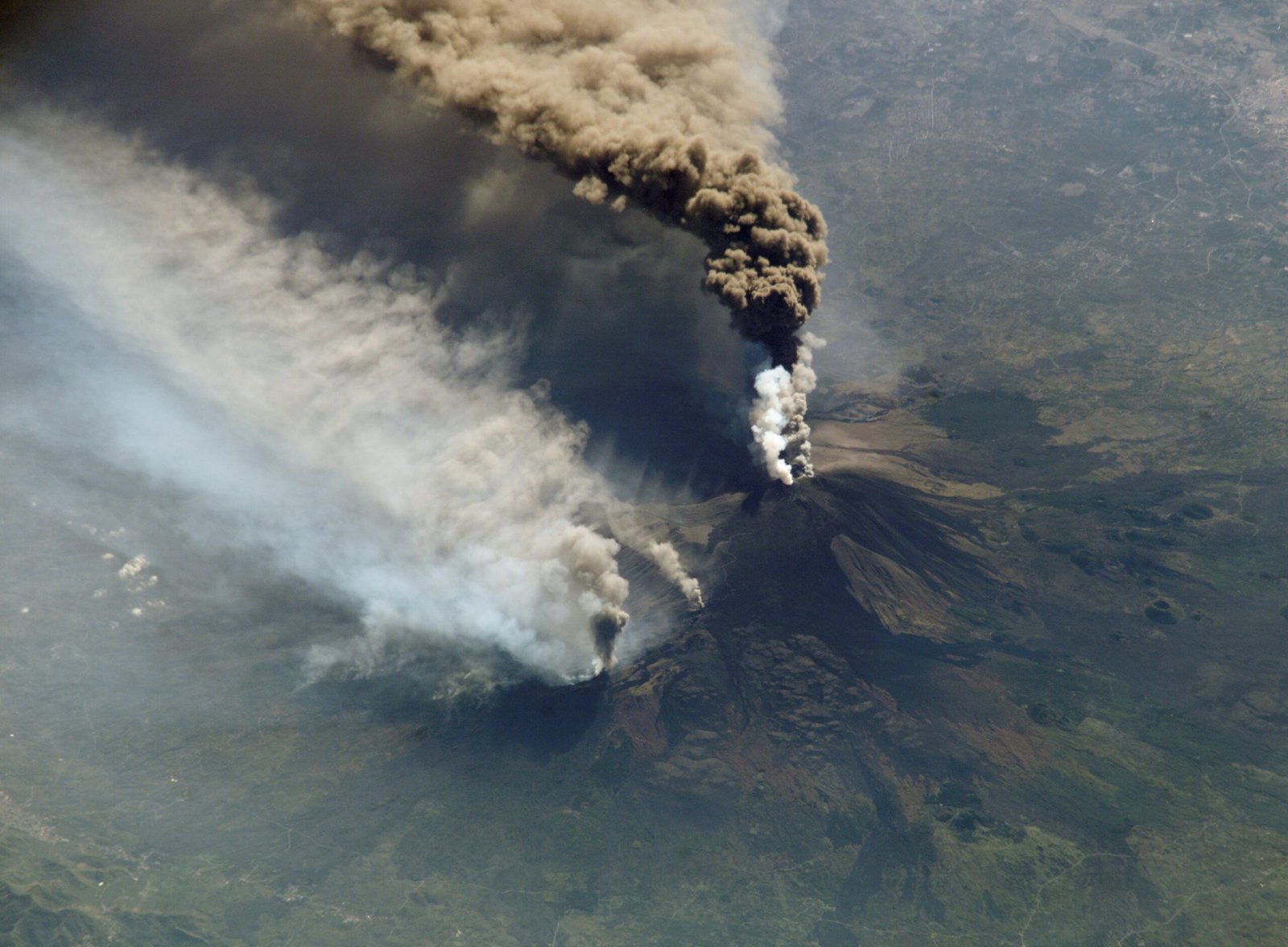
The Ring of Fire is dotted with volcanoes that have left a mark on history and culture. Mount Vesuvius, Mount Pinatubo, and Krakatoa are just a few names that inspire both fascination and dread. Eruptions from these giants have reshaped landscapes, altered climates, and even affected the course of human civilization. In 1991, Mount Pinatubo’s eruption cooled the entire planet by releasing massive amounts of ash and gases into the atmosphere. These volcanoes aren’t just geological features—they are forces that can transform the world in an instant.
Island Birth: Creation Amid Destruction
Not all volcanic eruptions bring doom; some give birth to new land. Throughout the Ring of Fire, islands have emerged from the ocean as molten lava cools and hardens. The Hawaiian Islands, for example, were born from a series of volcanic eruptions on the ocean floor. In some cases, like the Surtsey eruption off Iceland’s coast, scientists have witnessed islands forming in real time. This process of destruction and creation is one of nature’s most awe-inspiring paradoxes. New habitats form, unique species evolve, and life finds a way in the wake of volcanic chaos.
Human Life on the Edge
Despite the risks, millions of people live within the Ring of Fire, drawn by fertile soils, abundant fisheries, and rich mineral resources. In places like Japan and Indonesia, communities have adapted to the ever-present threat by building stronger structures and developing sophisticated early warning systems. Yet, the sense of vulnerability never fully disappears. For many, the Ring of Fire is both a blessing and a curse—a source of life and livelihood, but also a reminder of nature’s unpredictable might. Living here requires resilience and respect for the forces that shape the land.
Remarkable Adaptations: Nature’s Survivors
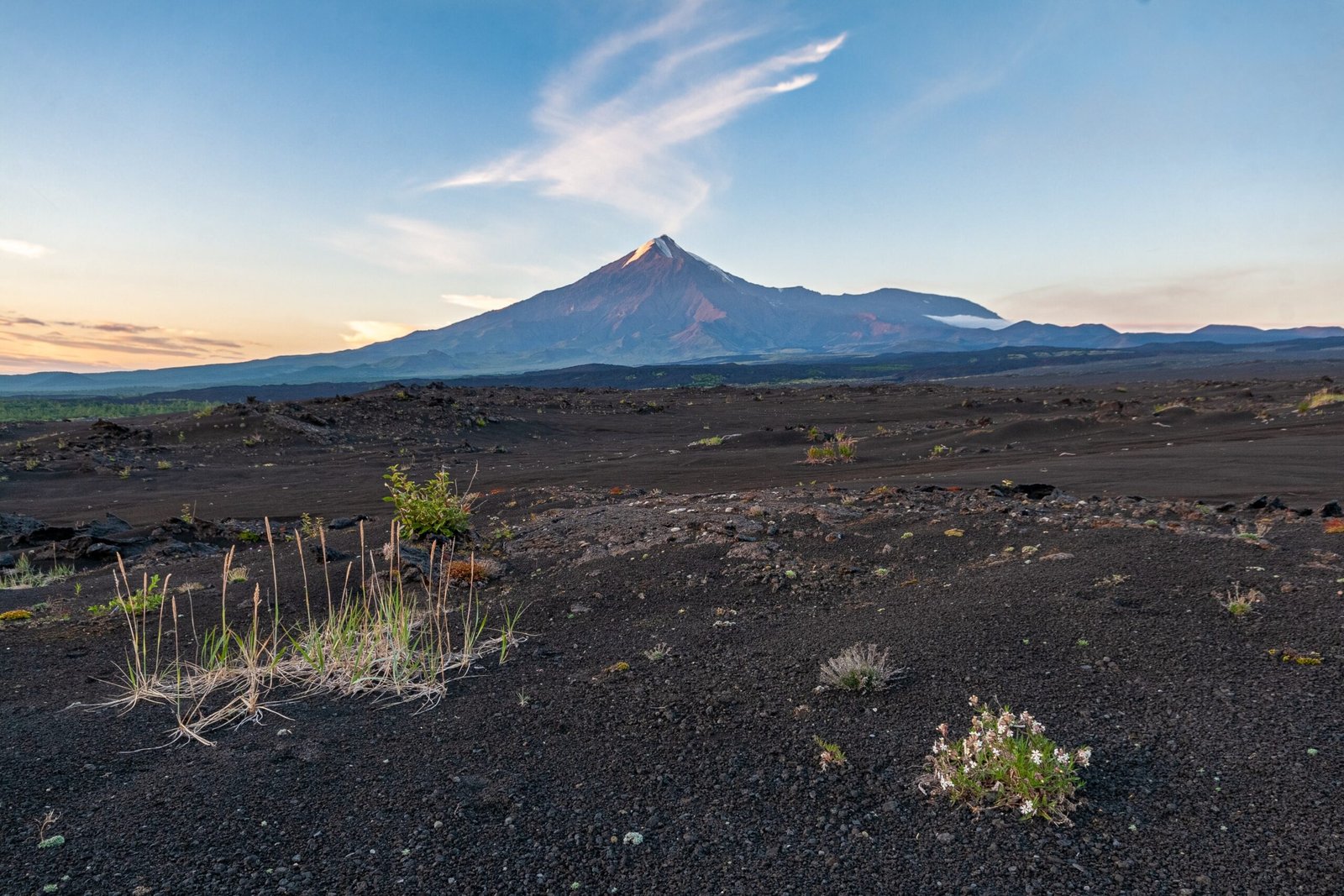
Life around the Ring of Fire is tough, but plants and animals have evolved to thrive in these extreme conditions. Some species, like the fire-resistant trees in California, rely on volcanic ash to nourish the soil. In the deep ocean, strange creatures gather around hydrothermal vents, living off the energy from the Earth itself. These adaptations are a testament to nature’s ability to survive and even flourish in the face of constant upheaval. The unique ecosystems of the Ring of Fire are both fragile and fiercely resilient.
The Science of Prediction
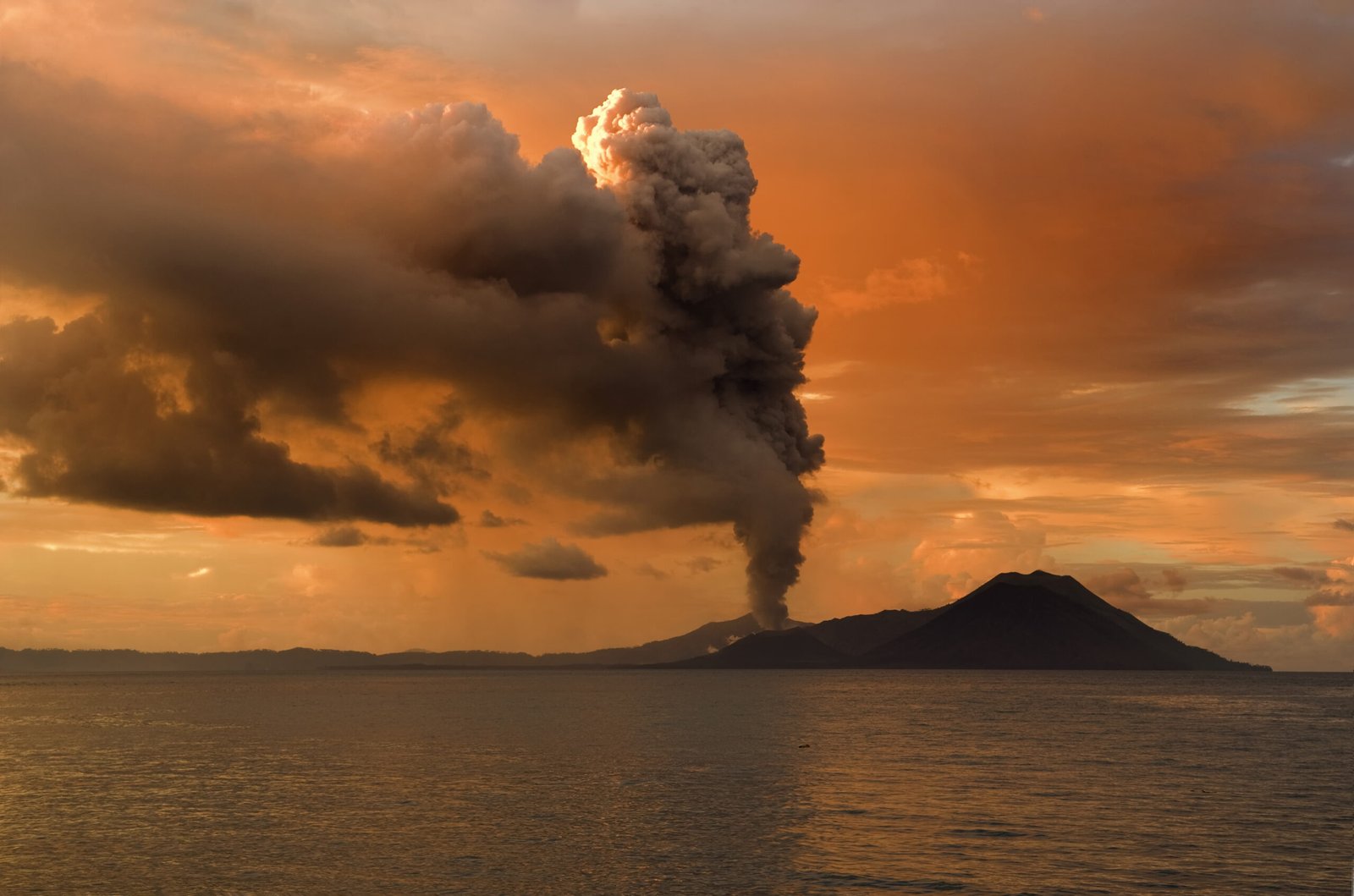
One of the greatest challenges scientists face is predicting when and where the next big eruption or earthquake will strike. Researchers use a combination of seismic data, satellite imagery, and chemical analysis to monitor activity in the Ring of Fire. While technology has improved early warning systems and saved countless lives, predicting the exact moment disaster will strike remains frustratingly difficult. The unpredictability keeps scientists vigilant, always searching for new clues in the restless earth. The quest to understand the Ring of Fire is as much about saving lives as it is about unlocking the secrets of our planet.
Lessons from the Ring of Fire
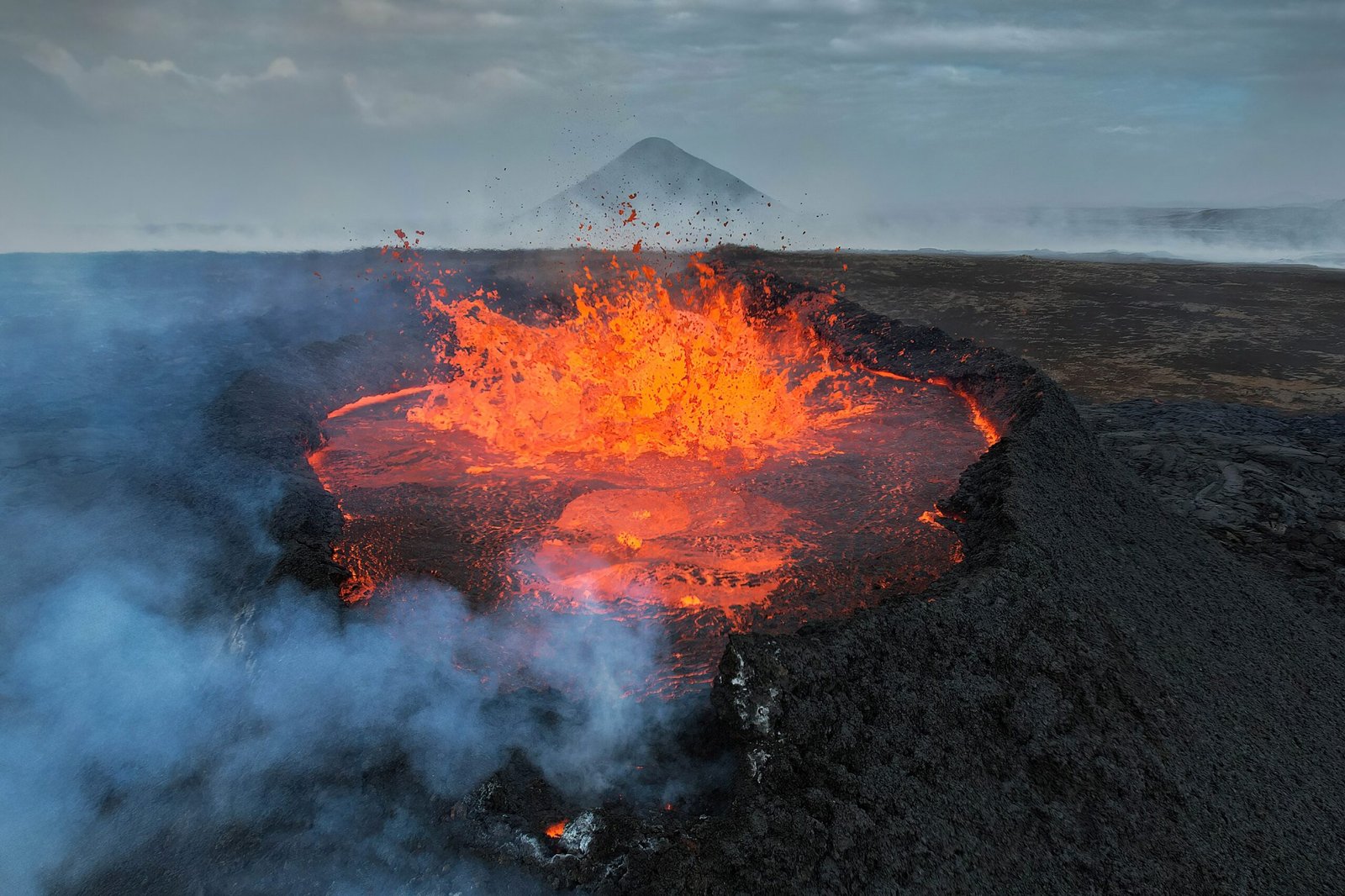
The Ring of Fire is a powerful reminder of how dynamic and unpredictable our planet truly is. It teaches us that destruction and creation are often two sides of the same coin. The communities living here demonstrate incredible resilience, adapting to challenges that would seem insurmountable elsewhere. The study of this region pushes science forward, inspiring new technologies and deeper understanding of Earth’s processes. In the end, the Ring of Fire challenges us to respect the awesome power of nature and to stay curious about the world we call home.

Hi, I’m Andrew, and I come from India. Experienced content specialist with a passion for writing. My forte includes health and wellness, Travel, Animals, and Nature. A nature nomad, I am obsessed with mountains and love high-altitude trekking. I have been on several Himalayan treks in India including the Everest Base Camp in Nepal, a profound experience.



